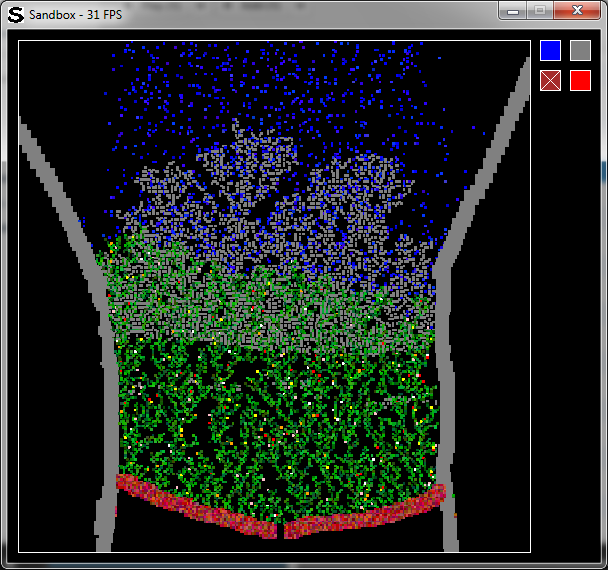Well there you have it. Three days to a feature complete game.
I ended cutting one of the kinds of levels, but other than that I got everything that I wanted in the game. It’s got 10 different kinds of pieces, 8 different kinds of levels (most procedurally generated), and statistics galore. It actually turned out to be kind of fun, although it’s a bit slower than I’d like. Not much I can do about that though without implementing a mouse interface (which I’ll probably do some day).
